Mastering Logo Design Dimensions: Optimal Sizes for Print Design

Source: VORONOI Studio, Nextpro, Dribbble, https://dribbble.com/shots/5964568-Nextpro
Creating the perfect logo for print design requires a nuanced understanding of logo design dimensions. Every designer knows that a logo must not only look captivating on screen but also perform exceptionally across various printed mediums. This crucial aspect of design ensures that a logo maintains its integrity and effectiveness, whether it's printed on a business card, a billboard, or corporate merchandise.
Navigating through the complexities of print design can be daunting. However, understanding the optimal sizes and scales at which your logo should be rendered can make a significant difference. This article delves into the essential principles of logo design dimensions tailored specifically for print. From choosing the right vector formats to understanding the impact of resolution and color accuracy, we'll provide you with the knowledge you need to ensure your designs are both visually striking and perfectly adaptable to any print format.
As we explore the technicalities of print-ready logo designs, remember that the goal is to achieve a balance between aesthetic appeal and functional practicality, ensuring that your logo stands out for all the right reasons in the tangible world of print media.
Understand Standard Print Sizes
Mastering logo design dimensions for print starts with an understanding of standard print sizes. Common sizes for business materials include business cards (3.5" x 2"), letterheads (8.5" x 11"), and brochures (typically 8.5" x 11" folded). Each of these items requires a different approach to logo placement and size. For instance, a logo designed for a billboard might not suit a standard business card due to the immense difference in viewing distances and detail visibility.
Designers must consider the end use of each printed item. For promotional products like pens and keychains, the logo needs to be legible at much smaller dimensions, often less than an inch in diameter. This requirement changes when dealing with larger print formats like posters or banners, where the logo could be several feet across. Knowing these sizes and how they impact logo visibility can guide the creation process, ensuring that the logo is versatile across all expected print media.
Understanding these constraints is vital in print design to avoid costly mistakes such as a logo that loses detail when scaled down or looks awkwardly small in a larger space. This foundational knowledge helps in creating a universally adaptable logo that is effective and recognizable in any print format.
Logo Scalability
Logo scalability is crucial in maintaining the integrity of a design across various print dimensions. A scalable logo retains its clarity and impact whether it appears on a small item like a business card or a large format like a trade show banner. This adaptability ensures that the logo always looks its best, regardless of the print size.
The key to successful logo scalability lies in the use of vector graphics. Unlike raster images that can pixelate when enlarged, vector graphics are made of paths and scales smoothly to any size. This feature allows designers to adjust the logo to fit any space without losing quality. Designers should also consider the simplicity of the logo’s design elements. Complex logos with fine details may not scale down well, losing crucial elements at smaller sizes.
To test scalability, designers can simulate how the logo will look in various applications and sizes during the design phase. This testing can include viewing the logo at different scales on digital devices and physical mock-ups. Such practices ensure the logo's effectiveness and aesthetic appeal are preserved across all print mediums.
Emphasizing scalability during the design process avoids reworks and maintains brand consistency across all physical branding materials, reinforcing the logo’s effectiveness in all marketing efforts.
Vector Formats Are Key
When discussing logo design dimensions for print design, the significance of vector formats cannot be overstated. Vector files, such as those in Adobe Illustrator (AI), Scalable Vector Graphics (SVG), or Encapsulated PostScript (EPS) formats, are indispensable due to their scalability and quality retention. Unlike raster images that are pixel-based, vector graphics are composed of paths defined by mathematical expressions, allowing them to be resized without any loss of resolution or clarity.
This feature is particularly crucial in print design where a logo might need to be adjusted to fit various media sizes—from the small space on a business card to the expansive canvas of a billboard. Vectors ensure that every curve and line of the logo remains crisp and clear, regardless of scale. This not only enhances the professional appearance of the printed material but also maintains brand consistency across different platforms.
Moreover, using vector formats allows for easier modifications and color adjustments, making it straightforward for designers to adapt logos for different backgrounds and print specifications. This adaptability ensures that logos can be quickly updated or altered without needing to recreate the design from scratch. Consequently, investing time in creating a vector version of your logo from the outset is invaluable for any serious print design project, providing flexibility and ensuring the logo looks its best in every situation.

Source: Bipol Hossan, Dribbble, https://dribbble.com/shots/19111831-Web-Mobile-App-Development-Logo-and-Brand-Guidelines
Minimum Size Considerations
In print design, understanding the minimum size considerations for logo design dimensions is critical to maintaining legibility and impact. When a logo is too small, details can become indiscernible, and the brand’s identity may suffer. Designers must identify the smallest size at which a logo maintains its recognizability and effectiveness, especially in applications like promotional products where space is limited.
To establish these minimum dimensions, it is essential to simplify the logo to its most basic elements without losing its essence. This simplification involves focusing on the most identifiable parts of the design and ensuring they are clear at smaller scales. For instance, intricate linework or small textual elements might need to be enlarged or omitted in versions of the logo used for smaller applications.
Testing is also a key part of this process. Designers should print the logo at various sizes and observe it from reasonable distances to ensure it remains effective. Feedback from these tests can lead to adjustments that enhance the logo’s visibility and impact at minimal dimensions.
Additionally, maintaining a balance between detail and simplicity can help prevent the logo from becoming cluttered or too abstract when scaled down. Keeping these considerations in mind during the design process ensures the logo performs well across all desired print formats and sizes, supporting a strong and coherent brand image.
Maintaining Aspect Ratio
Maintaining the aspect ratio of a logo is essential in print design to ensure that the integrity of its visual design remains intact across all printed materials. The aspect ratio, the proportional relationship between the logo’s width and height, should remain constant to avoid any distortion that could affect brand recognition and consistency. Distorting a logo by stretching or compressing can significantly alter its appearance, leading to a loss of the professional and cohesive look that is critical for brand identity.
When preparing a logo for print, designers must lock the aspect ratio in the design software to prevent any unintentional changes during resizing. This practice ensures that the logo looks as intended on different media, whether it's a small label or a large billboard. Additionally, when the logo is used alongside other design elements or within layouts, maintaining a consistent aspect ratio ensures it fits well within various compositions without losing its aesthetic appeal.
The adherence to this principle not only preserves the visual dynamics of the logo but also reinforces brand reliability in the consumer’s mind. Every instance of the logo, therefore, contributes positively to brand equity, making aspect ratio maintenance a key consideration in professional logo design.
Bleed Area Importance
The concept of a bleed area is crucial in the realm of print design, particularly when dealing with logo design dimensions. A bleed is an extra margin around the design that extends beyond the final cut size. This additional space is used to ensure that no important elements of the logo are lost or appear off-center due to cutting tolerances during the printing process.
Including a bleed area in logo design helps achieve a clean and professional edge in the final printed product. Typically, a standard bleed area extends 1/8 inch (about 3 mm) beyond each side of the design. This space allows for any slight misalignments or movements during the cutting phase of printing, which could otherwise result in unsightly borders or cropping of the logo.
Designers should always incorporate bleed settings into their files before sending them to the printer, and they should communicate clearly with the printing company about these specifications. Understanding and utilizing the bleed area effectively can prevent common printing issues and ensures that the logo appears as designed, enhancing the overall quality and presentation of the printed material.
By paying attention to the bleed area, designers safeguard the logo's aesthetics and functionality, ensuring seamless transitions from digital design to tangible outputs.
Resolution Requirements
In the realm of print design, ensuring that your logo maintains a high resolution is imperative for achieving sharp and clear outputs. Resolution requirements for printing are significantly higher than those for digital displays. Typically, the standard resolution for printed materials is 300 dots per inch (dpi), which provides sufficient detail for most types of print media, from business cards to large banners.
Using a high-resolution file for your logo design ensures that all elements of the logo are rendered clearly and crisply, avoiding any blurriness or pixelation when the size is increased. It is crucial for maintaining professional quality in print. For logos that include intricate details or small text, a resolution higher than 300 dpi may be necessary to preserve these elements effectively in the final print.
Designers should always create and save original logo files in a high-resolution vector format, which allows for adjustments to size without any loss in quality. Before sending the logo for printing, confirm that the converted raster image formats like TIFF or JPEG also meet the 300 dpi standard to avoid any degradation in quality during the printing process.
Adhering to these resolution guidelines ensures that the logo’s impact and brand representation remain consistent across all physical media, contributing positively to brand recognition and customer perception.

Source: Vedad Siljak, Oblivion Visual Identity, Dribbble, https://dribbble.com/shots/17356799-Oblivion-Visual-Identity
Padding and White Space
Effective use of padding and white space is crucial in logo design, especially when considering print dimensions. Padding refers to the space around the logo that separates it from other design elements or the edges of the print medium. Adequate padding ensures that the logo is visually distinct and its impact isn't diluted by proximity to other visual content.
White space, or negative space, plays a vital role in enhancing logo readability and overall aesthetic appeal. It helps to highlight the logo and can significantly improve the perception of the brand by adding a clean, uncluttered look to the design. In print design, white space is not merely 'empty' space—it is an active element that helps to balance the composition and focus the viewer’s attention on the logo itself.
For logos in print, consider the context in which the logo will appear. For example, a logo on a business card may require more padding to stand out against a limited space backdrop, whereas a logo on a billboard might need less padding but more deliberate use of white space to ensure visibility from a distance.
Designers should experiment with different levels of padding and white space in various print formats to find the optimal layout that maintains the logo’s prominence and effectiveness. Consistently applying these design principles can significantly enhance the professional appearance and communicative power of the logo across various print applications.
Color Consistency
Achieving color consistency in logo design is crucial for maintaining brand identity across various print formats. The transition from digital design to print can often lead to discrepancies in color due to differences in color models—RGB is used for digital displays, while CMYK is the standard for print. To ensure that the colors of your logo remain true to your brand in printed materials, it is essential to work from the beginning with the CMYK color model.
Designers must also consider the type of paper or material on which the logo will be printed, as different substrates can affect how colors appear. For instance, glossier papers tend to make colors look more vibrant, while matte finishes might mute them slightly. Conducting a color proofing session with your printer to compare how your logo appears on different materials can help in making adjustments before finalizing the print run.
Furthermore, it’s important to establish standardized color palettes that specify Pantone colors alongside CMYK and RGB equivalents. This practice allows for more consistent color reproduction across different printing processes and materials. Regularly reviewing and adjusting the color settings based on the medium and method of printing ensures that the logo always reflects the intended branding, enhancing brand recognition and trust among your audience.
Testing on Various Materials
Testing your logo on various materials is an essential step in ensuring that it performs well in all intended print applications. Each material, from paper to fabric to metal, interacts differently with ink and printing techniques, which can impact the appearance of your logo’s design dimensions and color.
To begin, print your logo on the actual materials you plan to use for your marketing campaigns. This could include business cards, promotional merchandise, and packaging. Pay attention to how the logo adapts to different textures and color backgrounds. Materials with coarser textures, such as certain textiles or recycled papers, may require adjustments to the logo’s design to preserve clarity and impact.
It's also beneficial to experiment with different printing techniques. For instance, digital printing might work well on smooth surfaces but might not be as effective on rougher materials where screen printing could provide better results. Each technique can alter the logo’s appearance, so understanding these effects is crucial.
Collaborate closely with your printing vendors to gather their insights and suggestions based on their experience with different materials. Use their feedback to tweak your logo’s dimensions, color saturation, and detail to ensure optimal visibility and brand consistency on all materials.
Conclusion
Mastering logo design dimensions for print design is key to ensuring your brand is represented consistently and professionally across all physical media. By focusing on scalability, resolution, and color consistency, and by utilizing vector formats and considering material-specific requirements, designers can create logos that maintain their integrity in various print contexts. Testing the logo on different materials and adjusting for print specifications will further enhance its effectiveness. Adhering to these principles ensures your logo stands out, supports your brand identity, and connects positively with your audience, regardless of where it appears.
Let Us Know What You Think!
Every information you read here are written and curated by Kreafolk's team, carefully pieced together with our creative community in mind. Did you enjoy our contents? Leave a comment below and share your thoughts. Cheers to more creative articles and inspirations!

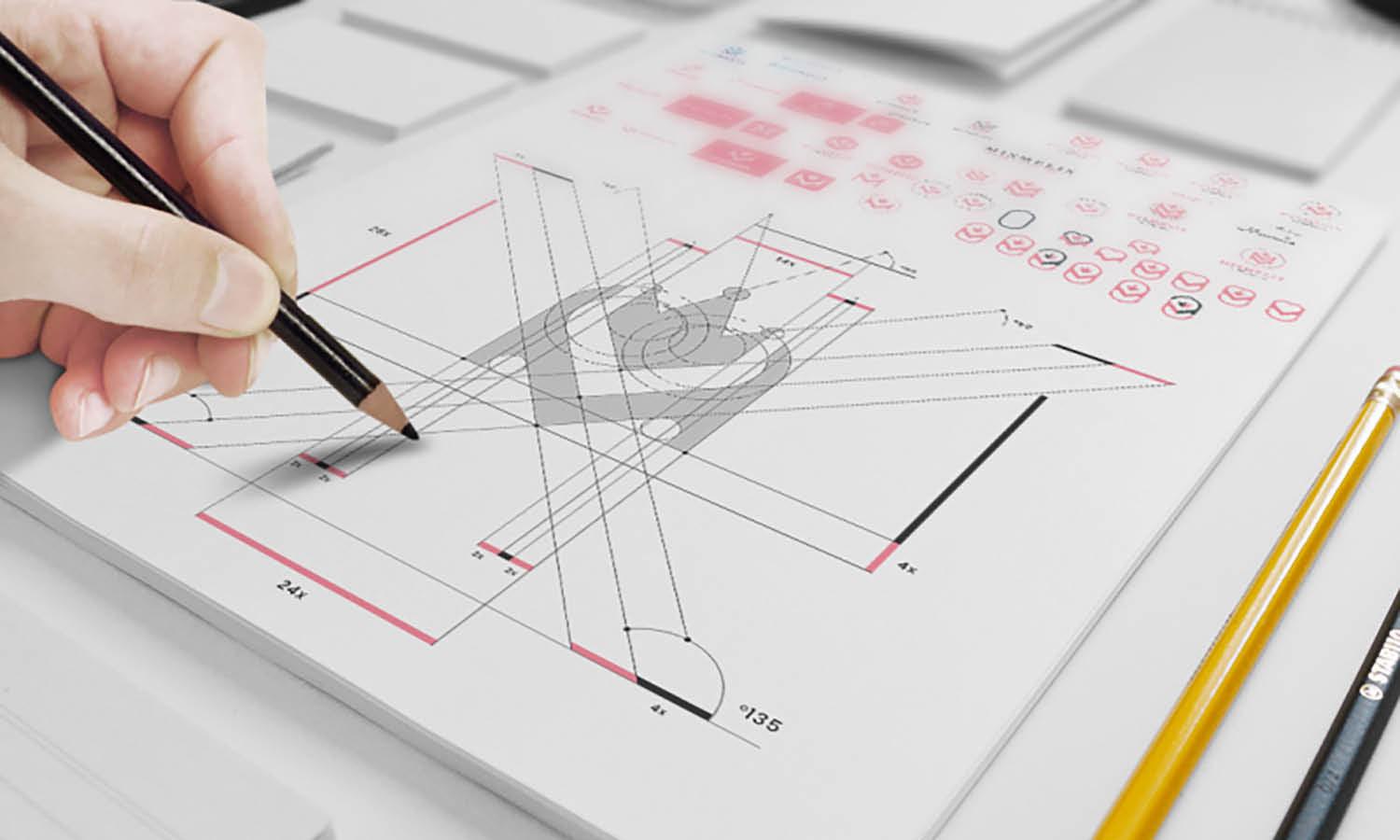

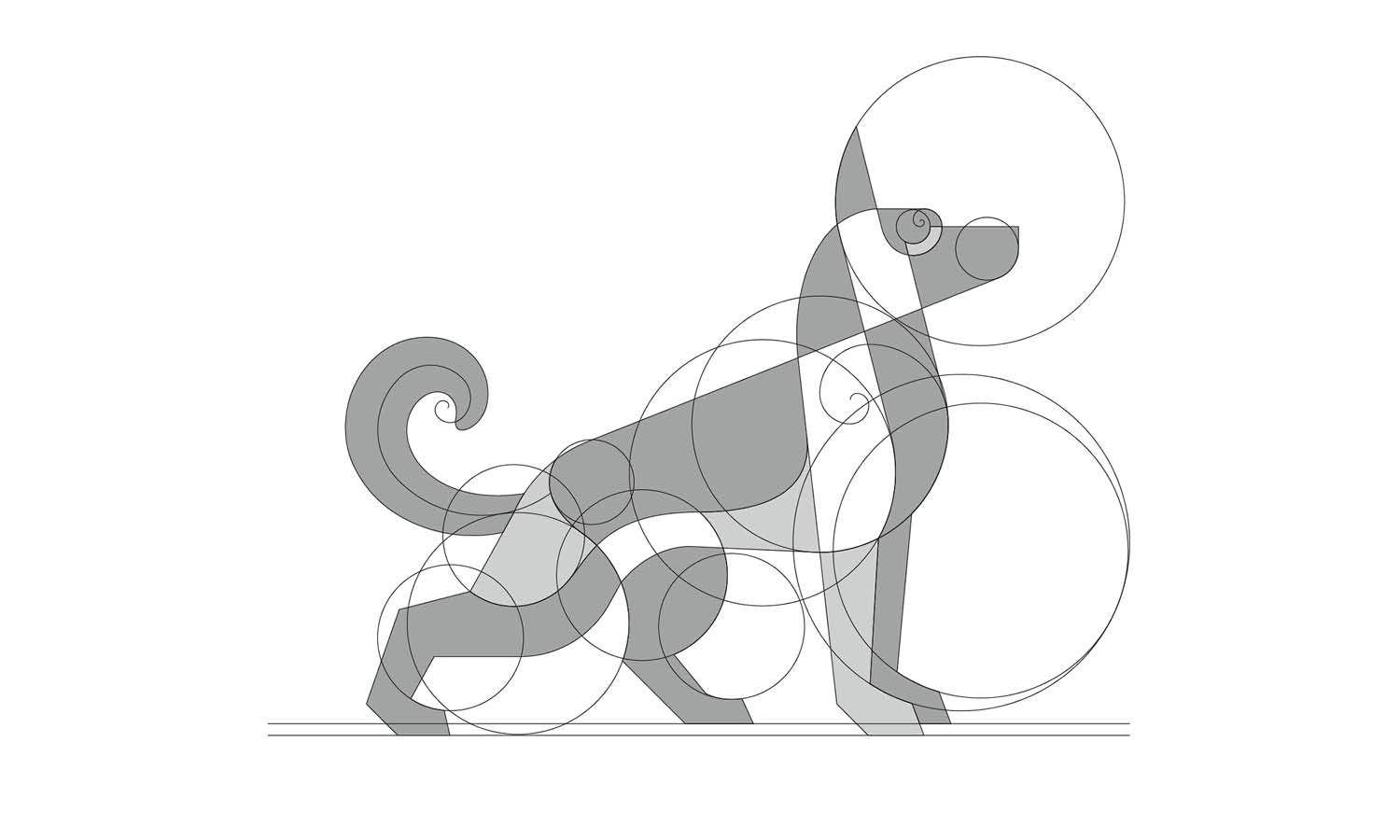
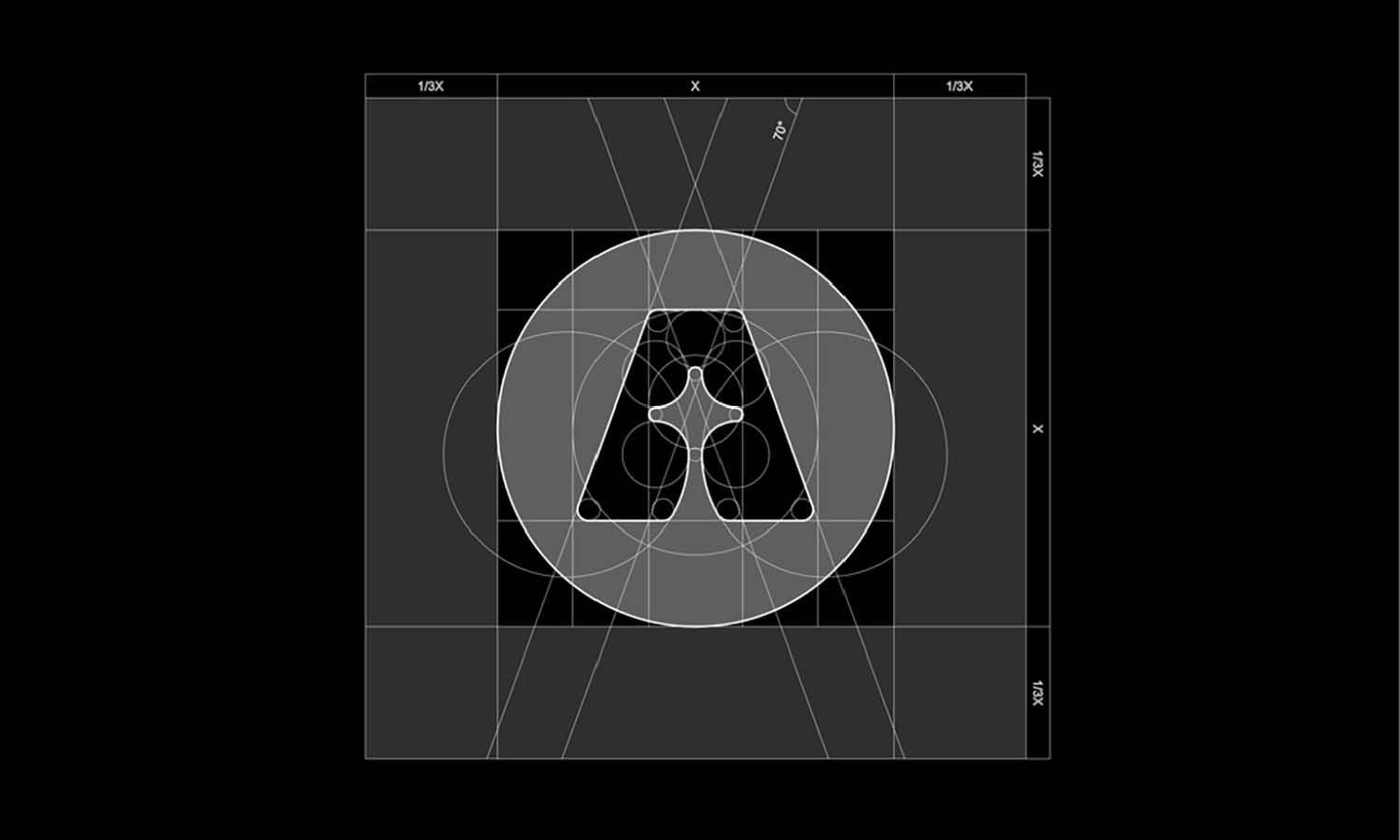
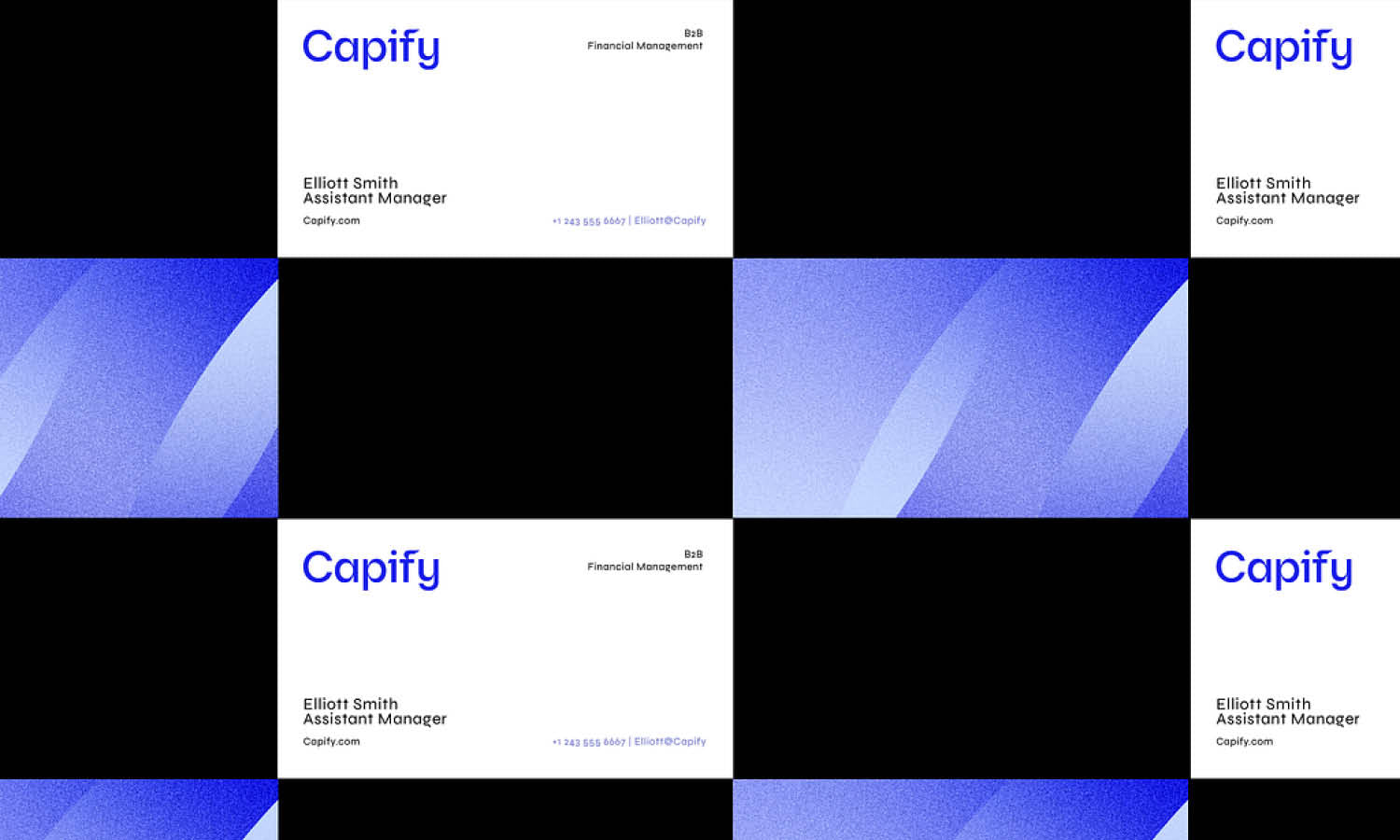
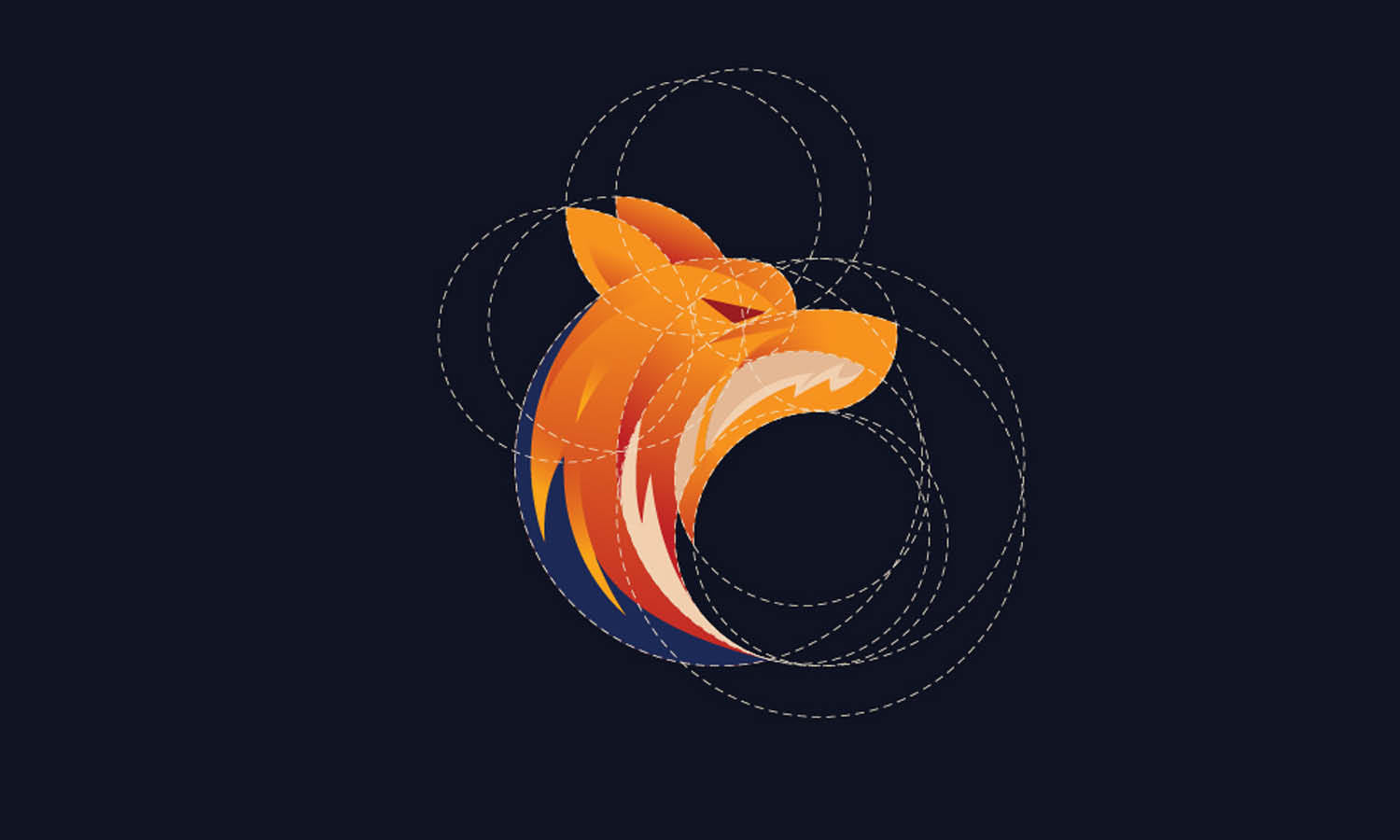
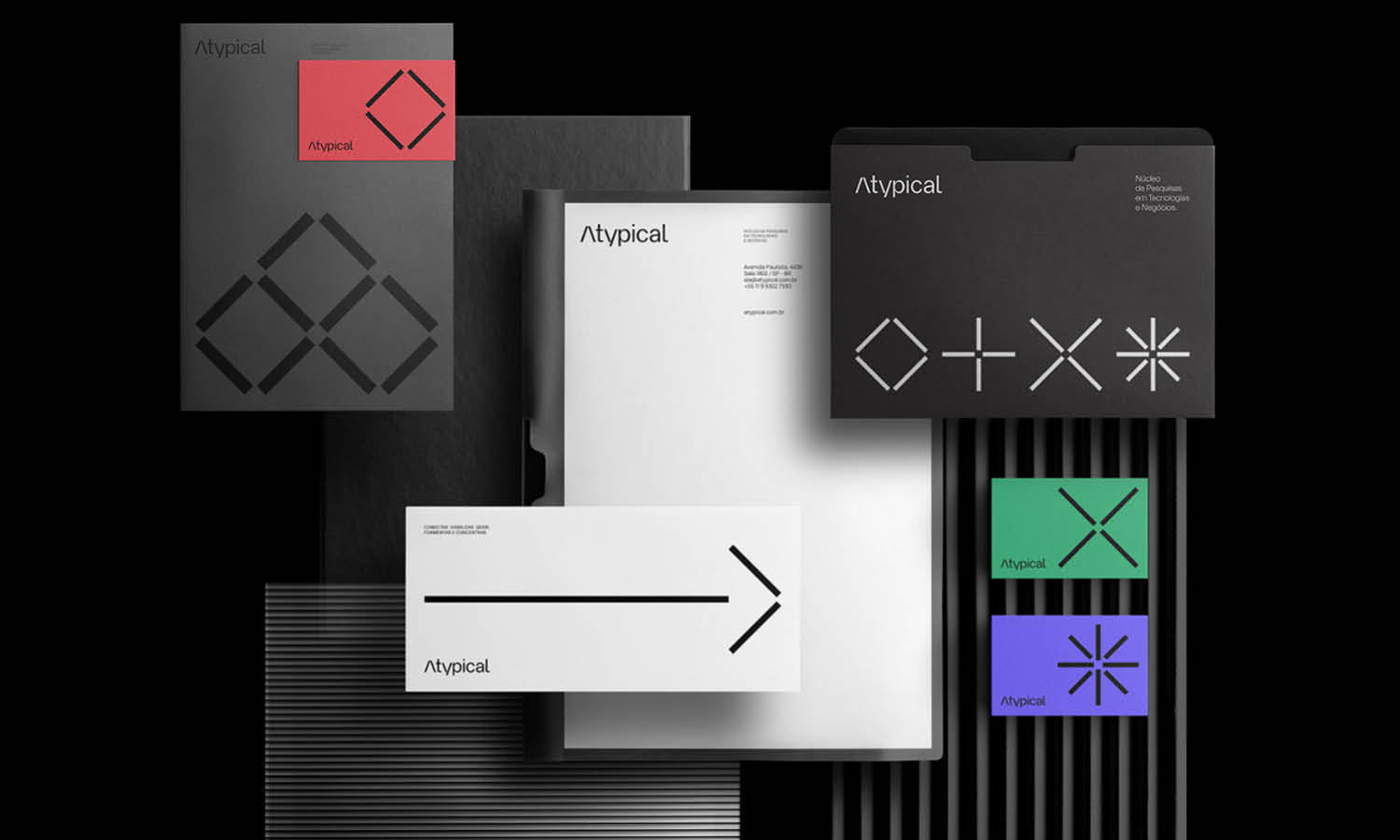
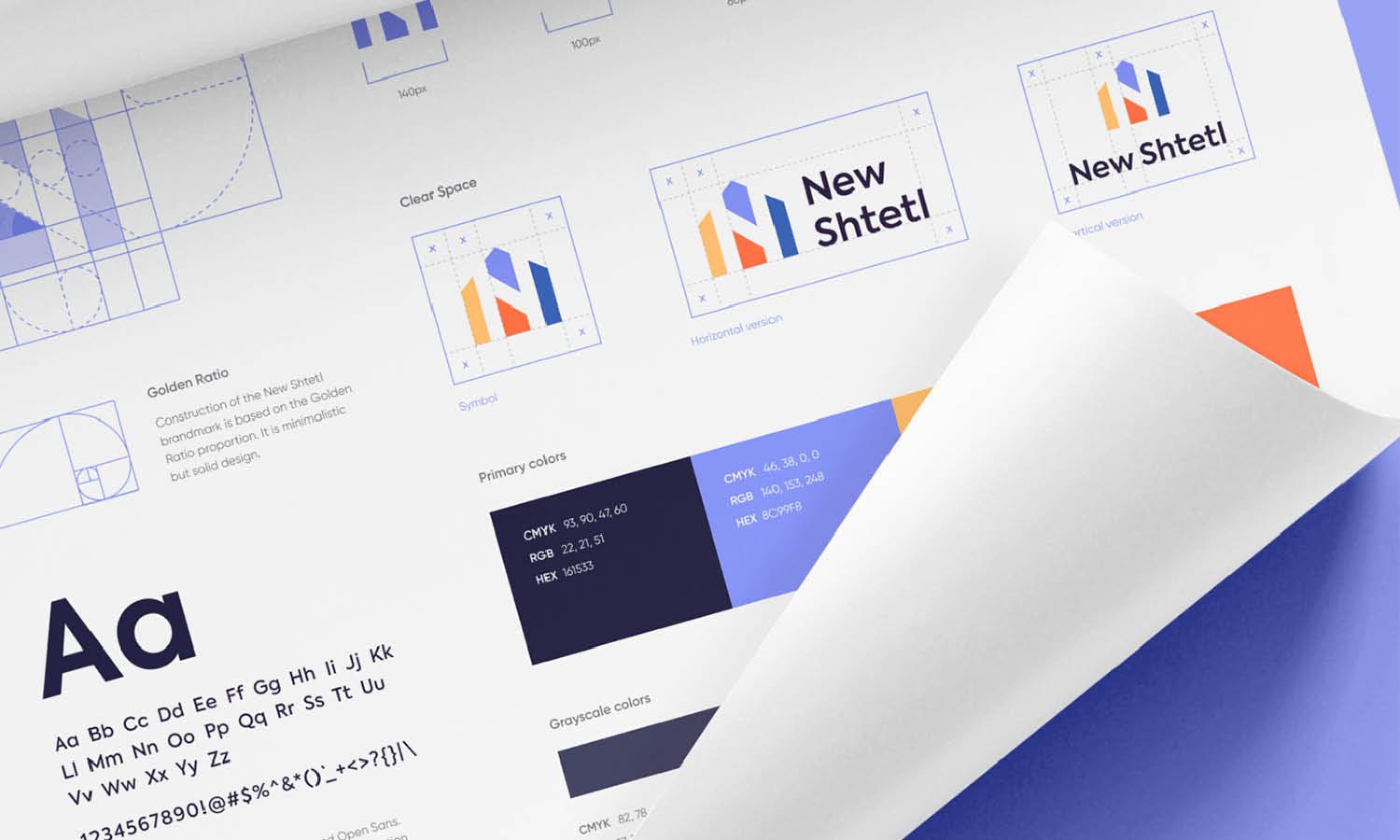







Leave a Comment